Easy Science Fair Projects for 9th Graders
The 9th grade science fair is coming up, and all your ideas are overdone and boring...well look no further! We have 18 unique and creative science fair projects that will be sure to impress your classmates and teachers. From optical illusions to black lights, and chemical reactions, whatever sparks your imagination, we got you covered! Let's get experimenting!
1. Accurate Weather Forecasting

This experiment works best if you have access to a weather station. Most cities have one, so look into whether or not you can take records from it for this experiment. If not, you can keep a log of the forecasts from various weather channels: 1-day forecast, 3-days, 5-days, and 7-days. See how accurate the predictions are compared to the real in-time weather to see how accurate forecasting is at telling the public what to expect.
More Info: Weather Forecast
2. Floating Rice

The power of friction is happening all around us, all the time. Without friction we would slip and slide around, our food would fall, and things would be chaos! This simple science experiment requires some rice, a bottle, and a long utensil like a chopstick or pencil. Fill the bottle with rice, push the pencil or stick inside and lift up the bottle to see what happens!
More Info: Floating Rice
3. Gender Influence on Math Anxiety
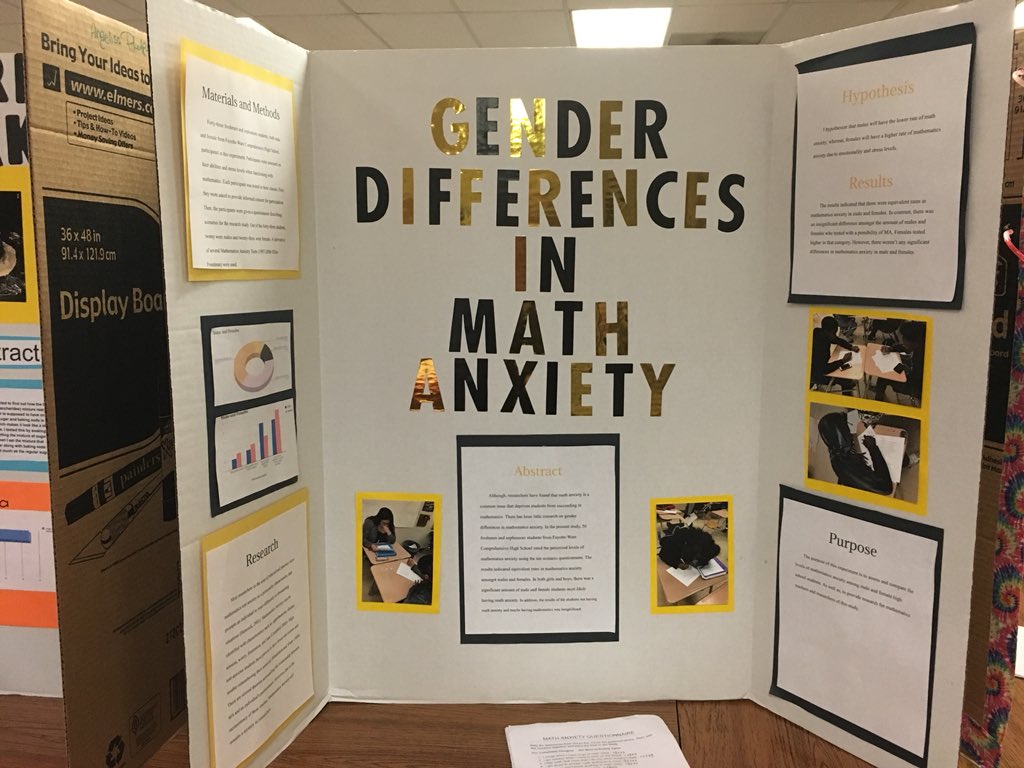
This experiment involves some advanced science concepts regarding the control group, what factors to consider, and how to process the data and results. One option for this 9th grade science fair experiment is to obtain some heart monitors and have each student wear one in math class and compare it to another subject such as science or English. record the results and see if there is a trend between the genders and anxiety.
More Info: Gender and Math Anxiety
4. Hydroponic Garden

Are vertical gardens the way of the future? Come up with a hypothesis for how you think hydroponics will benefit the crop growing process. This engineering project requires some knowledge of taking care of plants, but more importantly, the willingness to construct a complex system with pipes and connectors for your plants to grow in. Can plants really grow without soil? Build your own hydroponic garden and find out!
More Info: Hydroponic Garden
5. Crystal Powered Radio
With just a few materials, a diode, a piece of wood, and one of your earphones, you can listen to music from your own homemade radio. The antennae are connected to the rod that is picking up radio signals from around your area, and the energy transfer comes through the detector germanium diode. There are a few options that use different materials that may be easier for you to procure. Check out the different radios and pick the right one for your 9th grade science fair.
More Info: Homemade Radio
6. Plastic Bottle Bridge

This experiment tests our creative engineering limits to build a bridge your classmates can walk and sit on using plastic bottles and some metal screws. Cut the circular bottles and insert the cut pieces into the bottoms of the whole ones. Make sure they are inflated and sealed and screw them together.
More Info: Bottle Bridge
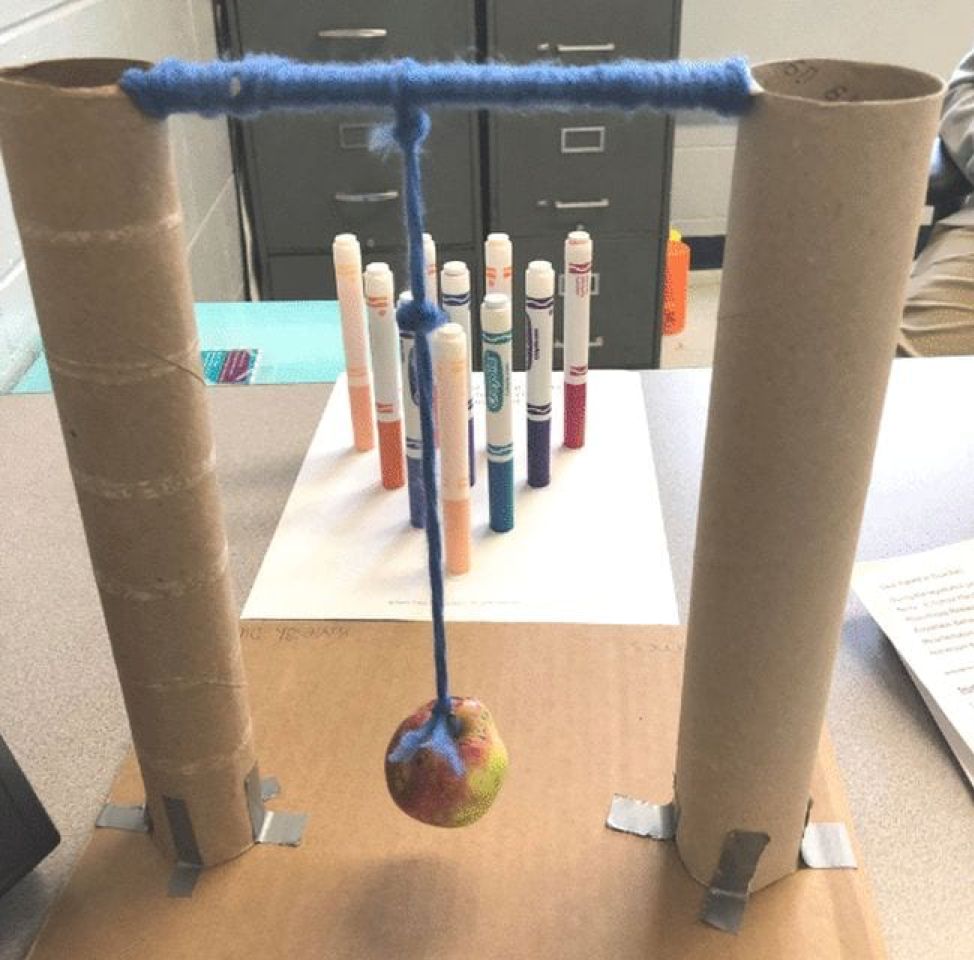
7. Apple Wrecking Ball
This awesome STEM challenge uses basic materials and you can get creative with what parts you decide to use. The idea is to use momentum, force, and inertia to maneuver an apple to hit down some objects. You can choose markers, highlighters, empty bottles, or whatever you have lying around. You'll create the structure with construction paper rolled into cylinders and some string to tie up your apple.
More Info: Apple Bowling
8. Symbiotic Plants and Bacterial

Do bacteria and plants work together? How do nitrogen-fixing bacteria help in the growth process? Answer your questions and test your hypotheses with this simple chemistry experiment using some pots with soil, seeds, a sterile inoculating loop, and a Rhizobium leguminosarum culture (bacteria). Give half your pots the bacteria and the other half none and see which seeds grow the best.
More Info: Bacteria and Plants
9. The Chemistry of Colorful Fire
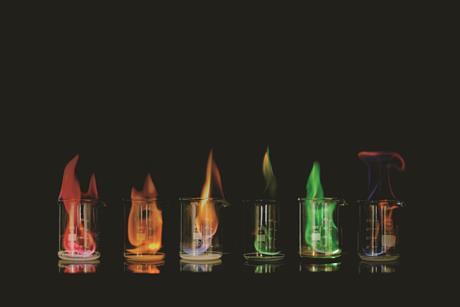
Do you want to have flames of different colors coming from your Bunsen burner? What is the chemical process behind the color change? For this high school science fair project you'll need to choose which chemicals you want to test (can use drugstore chemicals), then get a metal rod and run it under cold water, dip it in the chemical you are testing, such as sodium chloride. Record your results and see which chemicals change the flame's color.
More Info: Rainbow Fire
10. Second Language Learning Factors

This social science experiment tests to see if gender, native language, or age affects how we learn a second language. Create your own hypothesis regarding your predictions and test it out using middle school students, high school kids, children, and adults.
More Info: Second Language Learning
11. Optical Illusions in Color and Black & White
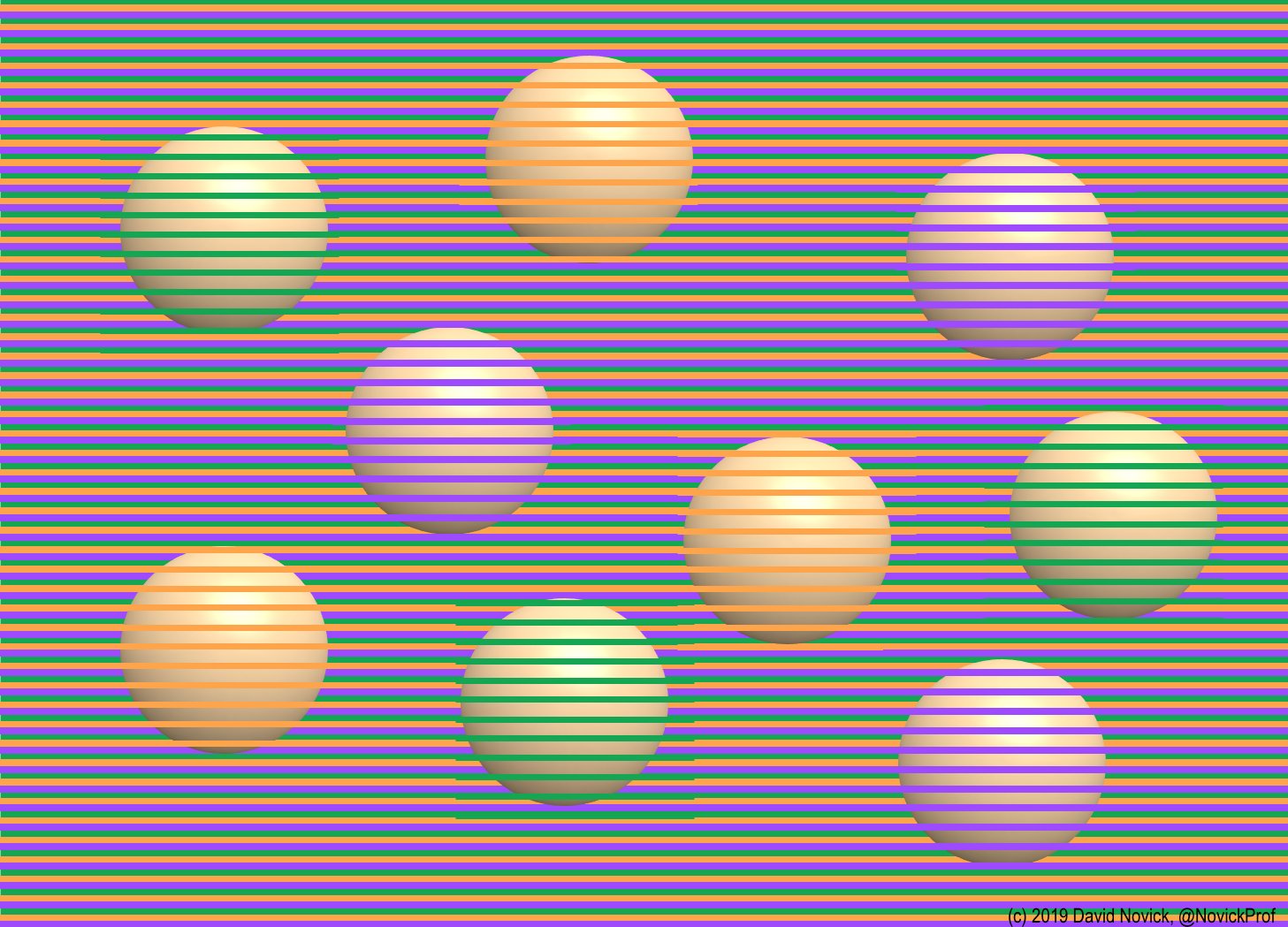
Are optical illusions more challenging to see in color or black and white. What role does color play in how we perceive things with our eyes, does it make it easier to differentiate or harder to see small differences? Find similar optical illusions in color and black and white and show them to people and time how long it takes them to solve the problem.
More Info: Optical Illusions and Color
12. Rubber Band Car

This fun engineering design project uses paper cups, rubber bands, a paper clip, a small washer, and one chopstick. Once you've put it together you'll twist the chopstick around the rubber bands. This will change the potential energy stored in the rubber bands to kinetic energy and cause your little car to take off!
More Info: Kinetic Car
13. Earthquake Science

This cool science experiment tests to see how static friction works to create an earthquake-like disruption with natural materials. Grab some standard bricks and see how much force it takes for them to rub together. Vary the controls by adding weight, fluctuating the friction, and seeing the mathematics behind these natural disasters.
More Info: Earthquake Math
14. Forensic Fingerprints
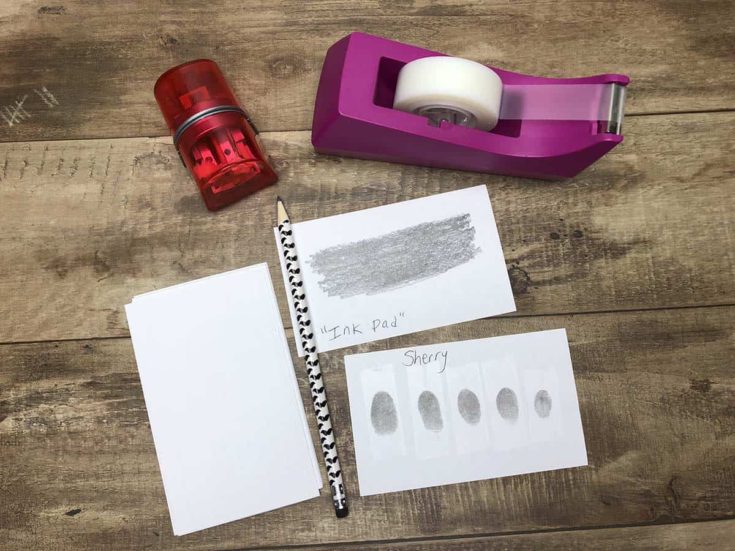
This 9th grade science fair project is how forensic scientists find fingerprints on surfaces for crimes and other purposes. Now you can be your own mystery solver with some muriatic acid and your oily fingers. The muriatic acid reacts with the amino acids in your skin to make your fingerprints glow green, so cool!
More Info: Fingerprint Science
15. Effects of Antibiotics on Bacteria

How do the most common antibiotics react with gram-positive and gram-negative bacteria? Get some bacteria from your skin or mouth and put them in a petri dish. Add different antibiotics to each dish and have a control dish also. See how the antibiotics react with the bacteria and record your results.
More Info: Antibiotic and Bacteria
16. Glowing Water
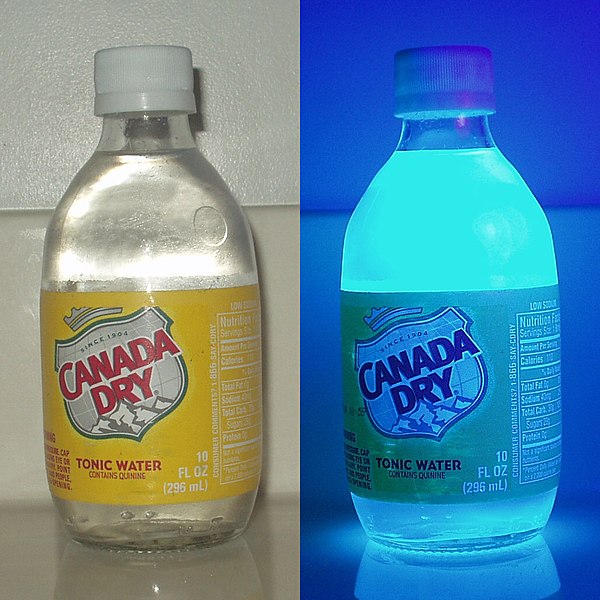
This simple experiment is sure to get you glowing reviews at your 9th grade science fair. You'll need a highlighter, a black light, tonic water, and a dark room. Break open the highlighter and soak the felt part in your tonic water. Bring the water into a dark room, place it next to the blacklight, and see it glow!
More Info: Glowing Tonic
17. Candy Lab

This experiment looks at one exciting molecular calculating concept in chemistry that creates lab-made peppermint flavored candy for your classmates. You'll need an aluminum tin, a Bunsen burner, and the raw materials that will end up being your candy!
More Info: Candy Labs
18. Rain or Snow: Which is more Acidic?

This experiment compares acid rain with acid snow to see which has a lower pH. A lower pH means something is more acidic. Using pH paper, get samples of a variety of water sources, rain, snow, and sleet, and test them on the paper to see what their pH levels are.
More Info: Acidic Water Types
Source: https://www.teachingexpertise.com/classroom-ideas/9th-grade-science-project-ideas/
0 Response to "Easy Science Fair Projects for 9th Graders"
Post a Comment